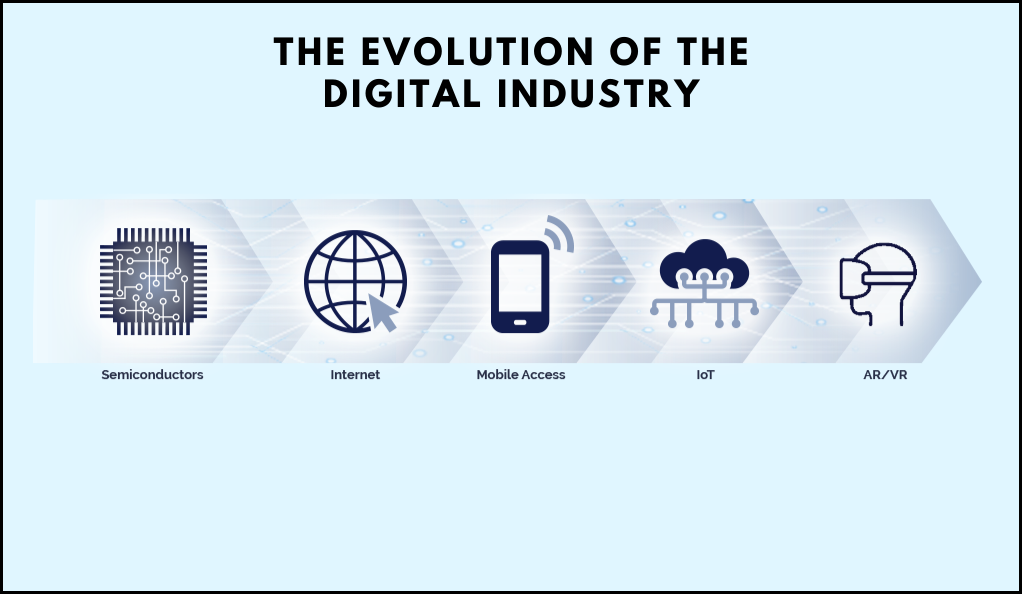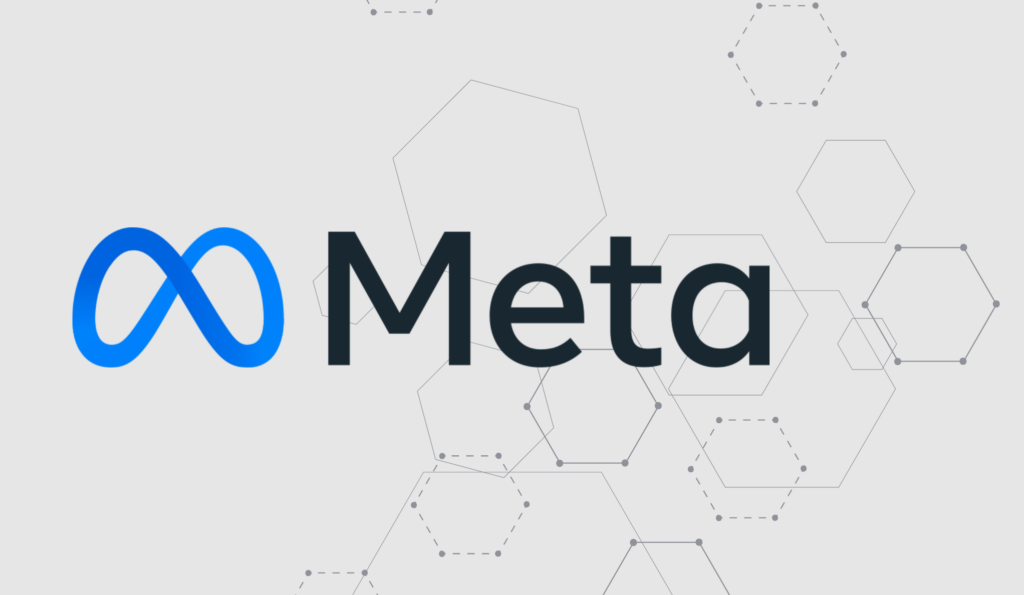Introduction to Regulating the Digital Industry
In the dawn of the digital age, we’ve witnessed a transformative shift in how society operates, communicates, and evolves. The rapid evolution of technology has brought about conveniences that were once the stuff of science fiction, seamlessly integrating into our daily lives and reshaping traditional norms. From instant global communication to vast repositories of information at our fingertips, the benefits are undeniable.
However, this digital revolution is not without its challenges. Data privacy breaches, the unchecked influence of colossal tech giants, and the spread of misinformation have emerged as pressing concerns. As we navigate this intricate digital realm, the clamor for comprehensive and adaptive regulation grows louder. This article delves deep into the intricacies of the digital industry, highlighting pivotal moments and events that have underscored the urgent need for oversight, and exploring the multifaceted challenges of establishing effective regulatory frameworks in a constantly evolving landscape.
The Evolution of the Digital Industry and its Impact on Society

From the inception of the World Wide Web in the early ’90s to the proliferation of smartphones and IoT devices, the digital landscape has been in a state of constant flux. This transformation has democratized access to information, reshaped global economies, and even redefined social structures. However, with these monumental shifts come challenges. The digital realm, for all its benefits, has also become a breeding ground for cyber threats, misinformation campaigns, and data privacy concerns.
The Need for Regulation in the Face of Rapid Technological Advancements
The digital realm’s vastness and complexity necessitate a robust regulatory framework. As we’ve seen with incidents like the Cambridge Analytica scandal or the numerous data breaches affecting major corporations, the absence of stringent regulations can have dire consequences. The challenge lies in crafting regulations that safeguard users without stifling innovation. This delicate balance is pivotal in ensuring that the digital industry remains both dynamic and secure.
The Historical Perspective
The digital landscape we navigate today is the culmination of decades of technological advancements, each building upon the last. In the early days, the internet was a rudimentary tool, primarily used by academia and the military. As it became more accessible to the public in the 1990s, we witnessed the birth of the World Wide Web, email communication, and the first inklings of social media. These innovations marked the beginning of a new era, democratizing information and breaking down traditional barriers to communication.
However, this rapid growth was not without its teething problems. The initial freedom that characterized the digital space also meant a lack of oversight. Digital platforms, in their infancy, operated with minimal regulation, fostering a wild west atmosphere. This environment, while conducive to innovation and growth, also paved the way for challenges we grapple with today, such as misinformation, cyber threats, and data privacy concerns. Reflecting on this history provides invaluable insights into the current state of the digital industry and underscores the importance of learning from past oversights.
The Democratization of Communication through Digital Platforms
- Communication Shift
The advent of platforms like Facebook and Twitter introduced a significant change in the way we communicate. - Breaking Boundaries
These platforms eliminated restrictions previously imposed by geographical or socio-economic boundaries, allowing for a more inclusive global conversation. - Newfound Power
The rise of such platforms granted individuals unprecedented power in voicing their opinions and connecting with others. - Challenge of Echo Chambers
With this power came the emergence of echo chambers, where users often interact with content that reinforces their existing beliefs. - Resultant Polarization
Such echo chambers can contribute to a more polarized society, as individuals may become less exposed to diverse viewpoints.
The Initial Freedom and Lack of Scrutiny of Major Digital Platforms
The early internet was akin to the Wild West – vast, uncharted, and largely unregulated. This environment was conducive to innovation, giving birth to tech behemoths like Google and Amazon. However, as these platforms grew in influence, the lack of regulatory oversight became increasingly evident. Issues like data mining, targeted advertising without explicit user consent, and the unchecked spread of extremist content began to surface, highlighting the need for a more structured approach to digital governance.
The Turning Point
Events that Triggered the Need for Regulation

The digital realm, for all its marvels, has also been the backdrop for some of the 21st century’s most significant controversies:
- Snowden’s Disclosures: This watershed moment in digital history unveiled the extent of government surveillance, prompting global debates on individual privacy versus national security.
- 2016 US Election and Brexit: These political events were marred by allegations of digital interference, with claims of foreign entities using digital platforms to manipulate public opinion.
- Rohingya Genocide: The tragic events in Myanmar underscored the lethal potential of unchecked hate speech on digital platforms.
- Global COVID-19 Pandemic: The pandemic, while highlighting the importance of digital connectivity, also exposed the dangers of misinformation, with false claims and conspiracy theories proliferating online.
The Political Awakening to the Influence of Digital Platforms
The unfolding of various global events, from political controversies to data breaches, has illuminated the profound influence and reach of digital platforms. These platforms, initially celebrated for their innovative prowess and ability to connect the world, soon revealed their potential to shape public opinion, influence elections, and even impact global economies. The sheer scale of their influence, combined with instances of misuse and manipulation, highlighted the pressing need for oversight and accountability.
In response, governments across the globe began to take note. Recognizing the potential risks associated with unchecked digital power, there was a growing consensus on the need for more stringent regulation. This realization led to a proactive approach towards digital governance, with countries introducing a range of legislative measures. From data protection laws to antitrust regulations, these initiatives aimed to strike a balance, ensuring that tech giants operated responsibly without stifling the innovation that has driven the digital age forward.
Rationales for Regulation
In the vast and intricate world of the digital industry, the need for regulation is driven by a multitude of factors, each rooted in the desire to create a balanced and equitable digital ecosystem. As digital platforms have grown, so too has their influence on every facet of our lives. From shaping public opinion and facilitating global commerce to influencing political landscapes, their reach is undeniable. However, with this expansive influence comes the potential for misuse. Incidents of data breaches, misinformation campaigns, and monopolistic behaviors have raised alarms about the potential risks of an unchecked digital realm.
Governments and regulatory bodies, recognizing these challenges, have been propelled to act. The rationale behind digital regulation is multifaceted. At its core, it seeks to protect individual rights, ensuring that users’ data remains private and that they are not subjected to misleading or harmful content. Additionally, regulation aims to foster a competitive digital market, preventing monopolies and ensuring that smaller entities have a fair shot at success. Beyond these, there’s a broader societal perspective: ensuring that the digital tools and platforms, which have become integral to our modern existence, operate in a manner that benefits society at large, promoting positive discourse, innovation, and growth.
The Emergence of Platforms Challenging Existing Regulatory Frameworks
The digital landscape is characterized by its rapid evolution, leading to the constant emergence of new platforms that don’t necessarily fit within existing regulatory paradigms. For instance, how do we classify platforms like TikTok or Clubhouse? Are they merely entertainment platforms, or do they also have a role in shaping socio-political discourse? These ambiguities necessitate a dynamic regulatory approach that can adapt to the ever-changing digital realm.
The Blurred Lines Between Content Producers and Neutral Conduits
- Platform Accountability Debate: The central discussion revolves around the role of platforms in disseminating content.
- Claims of Neutrality: Platforms, especially major ones like Facebook, often position themselves as neutral conduits for information.
- Algorithmic Influence: Despite claims of neutrality, platform algorithms play a pivotal role in determining content visibility, suggesting an active influence on shaping user perceptions.
- Duality of Role: This combination of claimed neutrality and evident algorithmic influence creates a dual role for platforms.
- Regulatory Challenges: This duality leads to significant challenges in regulation, emphasizing the need to clearly define platform accountability.
Emerging Frameworks

The digital landscape is in a state of perpetual evolution, with new technologies, platforms, and challenges emerging at an unprecedented pace. To address the multifaceted intricacies of this dynamic realm, there’s a pressing need for adaptable and forward-thinking regulatory frameworks. Across the globe, governments, tech industries, and advocacy groups are collaborating to draft policies that not only address current concerns but also anticipate future challenges. These emerging frameworks aim to strike a balance between fostering innovation and ensuring user safety, data privacy, and fair competition.
In recent years, we’ve witnessed the introduction of groundbreaking regulations like the European Union’s General Data Protection Regulation (GDPR), which has set a global precedent for data protection. Similarly, antitrust probes into tech giants in various jurisdictions underscore the growing emphasis on ensuring a competitive digital marketplace. These initiatives, among others, represent a collective effort to shape a digital future that is both progressive and secure. As the digital realm continues to expand, these frameworks will play a pivotal role in guiding its responsible growth, ensuring that technology serves humanity’s best interests.
The International Focus on Content, Data, and Market Power Concerns
The vast expanse of the digital realm transcends national borders, creating a truly interconnected global community. As a result, regulatory measures introduced in one country can resonate far beyond its boundaries, influencing digital practices and policies in distant lands. This ripple effect underscores the complexity of governing a space where actions in one corner of the world can have profound implications elsewhere, necessitating a harmonized approach to digital regulation.
Recognizing this intricate web of interconnectivity, nations have increasingly sought collaborative solutions. International collaborations on digital governance have become the linchpin in addressing shared challenges and establishing common standards. Foremost among the entities spearheading these efforts is the United Nations. With its global reach and mandate, the UN has played an instrumental role in crafting digital norms that cater to diverse needs while promoting a cohesive and responsible digital landscape. Through such collaborative endeavors, the aim is to ensure that the digital realm remains a space of innovation, opportunity, and security for all.
The Role of Competition Policy in Regulating Digital Platforms
Monopolistic behaviors by tech giants pose significant threats to the digital ecosystem. By stifling competition, these entities can dictate market trends, leading to reduced innovation and increased user vulnerability. Competition policies, like the EU’s antitrust laws, aim to create a more equitable digital landscape, ensuring that no single entity becomes overly dominant.
Content Control
The Politicized Nature of Content Regulation
Content regulation is a contentious issue, often mired in political biases. While some countries advocate for stringent controls to curb hate speech and misinformation, others prioritize free speech, even if it means allowing potentially harmful content to proliferate. This divergence in approaches underscores the challenges in crafting universally acceptable content regulations.
Different Approaches to Regulating Public Speech on Platforms
The global nature of digital platforms means they often have to navigate a maze of conflicting regulations. For instance, content deemed acceptable in one country might be deemed blasphemous in another. These discrepancies pose significant operational challenges for platforms, as they have to constantly balance user rights with local regulations.
The Politics of Regulating Platforms: Navigating the Digital Power Struggle
In the digital age, platforms such as social media sites, e-commerce giants, and streaming services have become powerhouses of influence. Their reach and impact on societies worldwide have led to a growing call for regulation. However, the politics surrounding these regulatory efforts are intricate and multifaceted.
The Rise of Digital Platforms
Digital platforms have transformed how we communicate, shop, entertain, and even conduct politics. Their rapid growth can be attributed to:
- Global Reach: Platforms can connect users across continents in real-time.
- Data Monetization: The ability to gather, analyze, and monetize user data.
- Network Effects: The value of the platform increases as more people use it.
Why Regulate? The Underlying Concerns
The call for regulation stems from various concerns:
- Monopolistic Power: Dominant platforms can stifle competition and innovation.
- Misinformation and Fake News: Platforms can be used to spread false information, influencing public opinion and elections.
- Data Privacy: Concerns over how user data is collected, stored, and used.
- Hate Speech and Harmful Content: The potential for platforms to be used for promoting violence, extremism, or discrimination.
Political Motivations Behind Regulation
Regulation isn’t just about addressing concerns; there are political motivations at play:
- National Sovereignty: Governments want to ensure their citizens’ data is stored within their jurisdiction and not susceptible to foreign influence.
- Economic Interests: Protecting domestic industries from international tech giants.
- Public Opinion: In democratic nations, public demand for regulation can influence political decisions.
- Control Over Narrative: Governments may seek to control platforms to influence public narratives and suppress dissent.
Challenges in Platform Regulation
Regulating platforms is a complex task:
- Global Nature: Platforms operate internationally, making jurisdictional enforcement challenging.
- Rapid Technological Evolution: The pace of technological change can outstrip regulatory measures.
- Balancing Act: Ensuring a balance between regulation and not stifling innovation or freedom of expression.
Comparison of Regulatory Approaches Across Nations
Different nations have unique approaches to platform regulation:
| Country | Primary Concern | Regulatory Approach | Impact |
|---|---|---|---|
| USA | Monopolistic Power & Data Privacy | Antitrust investigations & Privacy Acts | Encouraging competition and safeguarding user data |
| EU | Data Privacy & Misinformation | General Data Protection Regulation (GDPR) & Digital Services Act | Strong data protection rights and accountability for platforms |
| China | National Sovereignty & Control Over Narrative | Strict domestic regulations & Great Firewall | Tight control over digital platforms and content |
Conclusion
As we navigate the complexities of the digital age, it becomes evident that the challenges and opportunities presented by this realm are unparalleled in human history. The digital industry, with its vast potential and influence, has reshaped our world, offering conveniences, fostering innovation, and connecting humanity in ways previously unimaginable. Yet, with these advancements come pressing concerns about data privacy, content control, and the unchecked power of tech giants. The journey towards a balanced and responsible digital future is fraught with challenges, but it’s a journey we must undertake with diligence, collaboration, and foresight.
The discourse around digital regulation is not merely a technical or bureaucratic endeavor; it’s a reflection of our collective values, aspirations, and vision for the future. As we continue to grapple with the intricacies of the digital realm, it’s imperative that we prioritize the well-being and rights of individuals, ensuring that technology serves as a tool for empowerment, not exploitation. The road ahead is long and uncertain, but with concerted efforts, international collaboration, and a commitment to learning and adapting, we can pave the way for a digital future that is both progressive and secure.








